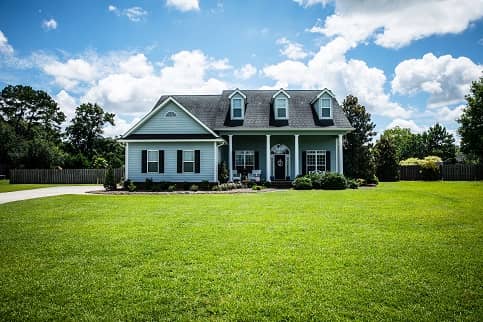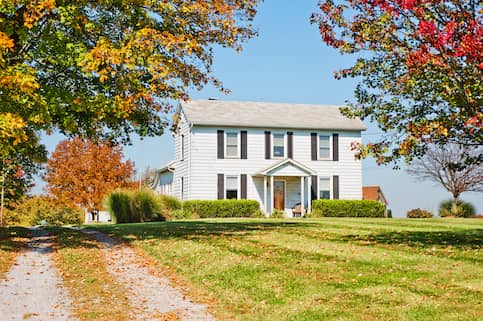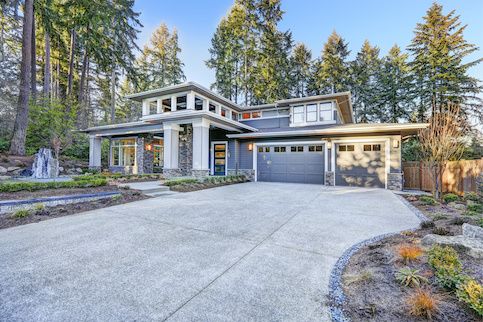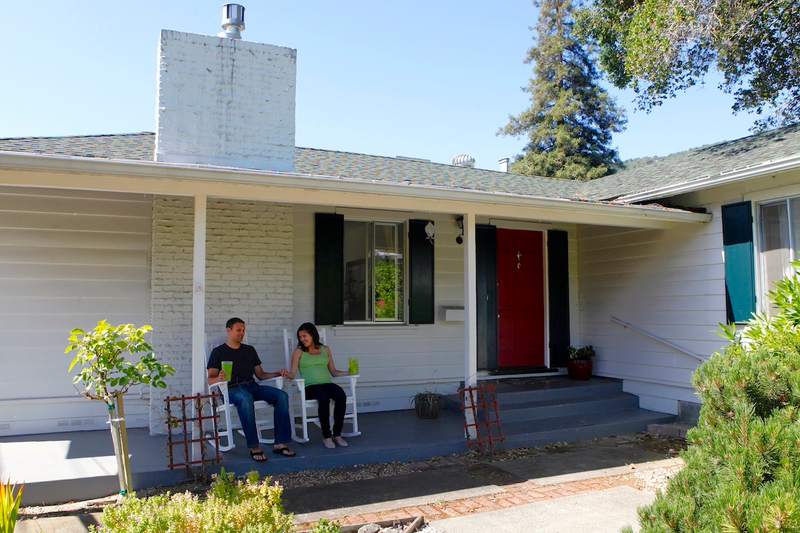Trying to sell your home but struggling to find buyers who can qualify for a traditional mortgage loan? Or maybe you’re a buyer who can qualify for a mortgage – but only for loans with high interest rates. In either case, a wraparound mortgage may be a good option.
Let’s take a closer look at what a wraparound mortgage is, how buyers and sellers can benefit from taking advantage of one and the risks associated with this type of home financing.
What Is A Wraparound Mortgage?
With a wraparound mortgage (also known as a junior mortgage), a seller keeps paying their existing mortgage while a buyer makes monthly payments to the seller that cover the seller’s existing home loan “wrapped around” the buyer’s loan for the property.
This arrangement is widely known as seller financing because a buyer makes direct payments to a seller.
The buyer and seller sign a legal agreement detailing the amount the buyer will pay each month and the length of time the buyer must make payments. At the end of the loan, the seller will transfer the home’s title to the buyer.
Wraparound Mortgage Example
We’ll use an example to illustrate how a wraparound mortgage could work in a real estate transaction.
Let’s say you want to sell your home for $325,000 and still owe $50,000 on your mortgage. You find a buyer willing to meet your asking price, but the buyer can’t qualify for a loan from a traditional mortgage lender. A wraparound mortgage may help close the deal.
The buyer can make a $10,000 down payment and finance the remaining $315,000 through a wraparound mortgage from you, the seller. You’ll use the buyer’s monthly payments to you to make your monthly payments to your mortgage lender until you pay off the outstanding $50,000 balance on your existing mortgage. Once your original mortgage is paid off, you can continue to receive monthly payments from the buyer for the remaining $265,000 ($315,000 – $50,000) over the remainder of the term or ask the buyer to take out a new loan to pay off the balance in a lump sum.
See What You Qualify For
Buy A Home
Discover mortgage options that fit your unique financial needs.

Refinance
Refinance your mortgage to have more money for what matters.
Tap Into Equity
Use your home’s equity and unlock cash to achieve your goals.
Who Benefits From A Wraparound Mortgage?
Wraparound mortgages are typically more beneficial to sellers. That’s largely because sellers can charge a higher interest rate than the rate on their existing mortgage loan. Given the hike in interest, sellers stand to make a hefty profit.
But wraparound mortgages can benefit buyers, too.
Home buyers with credit issues or short credit histories may not qualify for a traditional mortgage. A wraparound mortgage may be the key that unlocks the door to homeownership for these buyers.
How Common Are Wraparound Mortgages?
Wraparound mortgages are rare for a reason. They can be complicated to set up, and most buyers and sellers typically find it easier to work with lenders and conventional or government-insured mortgage loans. But, under certain circumstances, a wraparound mortgage may help sellers sell their homes and help a buyer purchase one.
Risks Of Wraparound Mortgage Loans
While a wraparound mortgage loan can help owners sell a home when they’re struggling to attract buyers, sellers – and buyers – should know the potential risks of wraparound mortgages.
Risks For Sellers
In a wraparound mortgage arrangement, the seller assumes all the risks and responsibilities of a traditional mortgage lender. If a buyer stops making monthly payments, you can’t rely on their payments to pay back the rest of your existing mortgage loan. If you can’t make your payments, you may default on your mortgage. If you default on your mortgage, your lender could reclaim your home through foreclosure.
Risks For Buyers
There’s a risk for buyers, too. Even if you make on-time payments every month, the seller’s lender can foreclose on the home while you’re living in it if the seller doesn’t make their monthly mortgage payments. It won’t be your fault that the seller didn’t make their mortgage payments – but you’ll still lose your home.
How To Arrange A Wraparound Mortgage
First, a seller must speak to their mortgage lender to confirm they can participate in a wraparound agreement without triggering the due-on-sale clause in their original mortgage.
Most mortgages have a due-on-sale clause. It requires a homeowner to pay off their outstanding mortgage balance when they sell their home. If your loan is assumable, a buyer can take over your mortgage, and your lender may agree to the arrangement.
Wraparound Loan Alternatives For Buyers
When a wraparound loan isn’t an option, buyers can take other steps to qualify for different loan types, like rebuilding their credit score.
Buyers can explore several loan alternatives, including:
FHA Loans
FHA loans are mortgages insured by the Federal Housing Administration. The loans offer a 3.5% down payment if your FICO® credit score is at least 580. With a 500 credit score, you can make a 10% down payment. You may pay a higher interest rate, and depending on the size of your down payment, you may pay a mortgage insurance premium (MIP) for the life of the loan.
VA Loans
VA loans are insured by the Department of Veterans Affairs. VA loans are available to qualified active-duty service members, veterans and their surviving spouses. The loan typically doesn’t require a down payment.
USDA Loans
The U.S. Department of Agriculture offers USDA loans. The loan doesn’t require a down payment and is available to those who want to buy a home in a USDA-approved rural area.
Conventional Mortgage Loans
You may qualify for a conventional mortgage with good credit and a smaller down payment. Many conventional mortgage programs allow first-time home buyers or buyers who meet a loan’s income requirements to purchase homes with a 3% down payment.
The Bottom Line
Wraparound mortgages are rare options in the housing market, but when used wisely, a this kind of loan can help sellers and buyers finalize a pending purchase. Otherwise, it’s usually easier for all parties when a qualified buyer comes to the closing table with a government-backed or conventional mortgage.
Find A Mortgage Today and Lock In Your Rate!
Get matched with a lender that will work for your financial situation.

Hanna Kielar
Hanna Kielar is a Staff Writer for Rocket Companies with a focus on personal finance, automotive and personal loans. She has a bachelor's degree in professional writing from Michigan State University.












